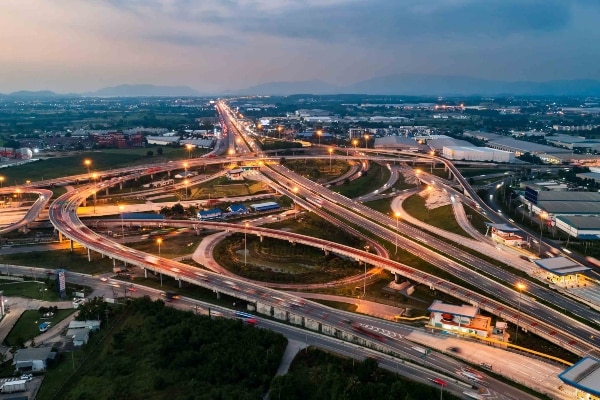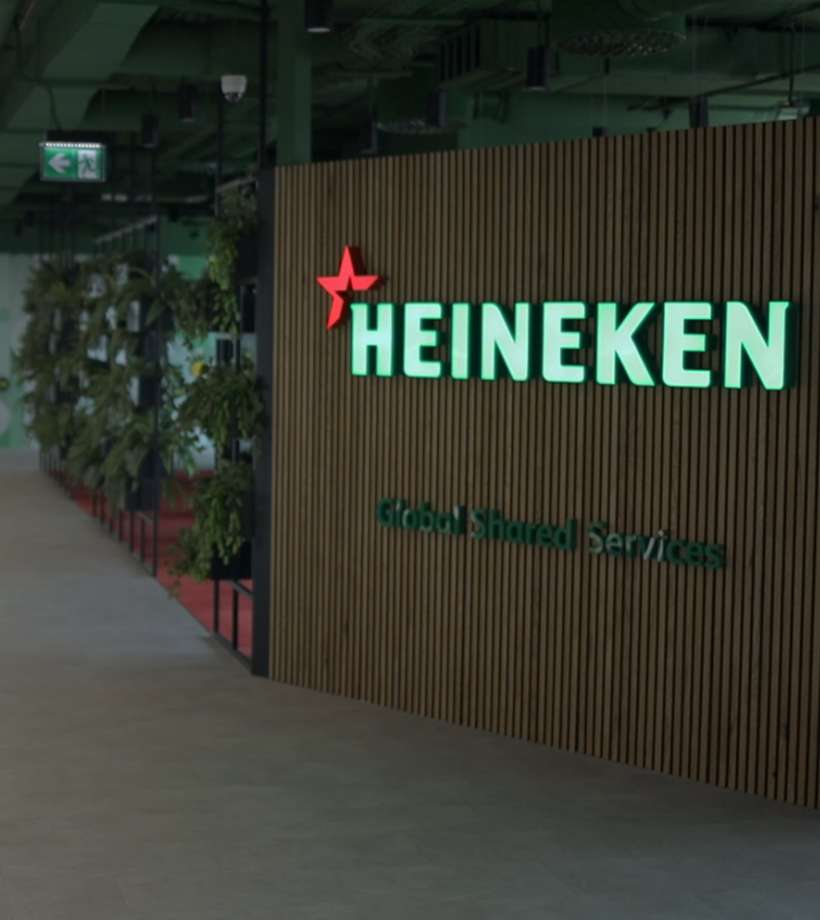-
Featured services
2026 Global AI Report: A Playbook for AI Leaders
Why AI strategy is your business strategy: The acceleration toward an AI-native state. Explore executive insights from AI leaders.
Access the playbook -
Services
Alle Services und Produkte anzeigenNutzen Sie unsere Fähigkeiten, um die Transformation Ihres Unternehmens zu beschleunigen.
-
Services
Network-Services
Beliebte Produkte
-
Services
Cloud
Beliebte Produkte
-
Services
Consulting
-
Edge as a Service
-
Services
Data und Artificial Intelligence
- KI und intelligente Lösungen
- Daten-/KI-Strategie und -Programm
- Data Engineering und Plattformen
- Daten-Governance und -management
- Datenvisualisierung und Entscheidungsfindung
- $name
- GenAI Platforms
- GenAI Industry Services
- GenAI Infrastructure Services
- GenAI Value Transformation
- Data und Artificial Intelligence
-
-
Services
Global Data Centers
-
Beliebte Produkte
-
Services
Application Services
-
Services
Sustainability Services
-
Services
Digital Workplace
-
Services
Business Process Services
-
Services
Generative AI
-
Services
Cybersecurity
-
Services
Enterprise Application Platforms
![]()
IDC MarketScape: Anbieterbewertung für Rechenzentrumsservices weltweit 2023
Wir glauben, dass Marktführer zu sein eine weitere Bestätigung unseres umfassenden Angebotes im Bereich Rechenzentren ist.
Holen Sie sich den IDC MarketScape -
-
Erkenntnisse
Einblicke und RessourcenErfahren Sie, wie die Technologie Unternehmen, die Industrie und die Gesellschaft prägt.
-
Erkenntnisse
Ausgewählte Einblicke
-
Die Zukunft des Networking
-
Using the cloud to cut costs needs the right approach
When organizations focus on transformation, a move to the cloud can deliver cost savings – but they often need expert advice to help them along their journey
-
So funktioniert Zero-Trust-Sicherheit für Ihr Unternehmen
Sorgen Sie dafür, dass Zero-Trust-Sicherheit für Ihr Unternehmen in hybriden Arbeitsumgebungen funktioniert.
-
-
Erkenntnisse
![]()
Copilot für Microsoft 365
Jeder kann mit einem leistungsstarken KI-Tool für die tägliche Arbeit intelligenter arbeiten.
Copilot noch heute entdecken -
-
Lösungen
Alle LösungenWir helfen Ihnen dabei, den Anforderungen an kontinuierliche Innovation und Transformation gerecht zu werden
Global Employee Experience Trends Report
Excel in EX mit Forschung basierend auf Interviews mit über 1.400 Entscheidungsträger:innen auf der ganzen Welt.
Besorgen Sie sich den EX-Report -
Erfahren Sie, wie wir Ihre Geschäftstransformation beschleunigen können
-
Über uns
Neueste Kundenberichte
-
Liantis
Im Laufe der Zeit hatte Liantis, ein etabliertes HR-Unternehmen in Belgien, Dateninseln und isolierte Lösungen als Teil seines Legacysystems aufgebaut.
-
Randstad
We ensured that Randstad’s migration to Genesys Cloud CX had no impact on availability, ensuring an exceptional user experience for clients and talent.
-
-
![Heineken Landing Page]()
NTT DATA und HEINEKEN
HEINEKEN revolutioniert die Mitarbeitererfahrung und die Zusammenarbeit mit einem hybriden Arbeitsplatzmodell.
Lesen Sie die Geschichte von HEINEKEN -
- Karriere
Topics in this article
Many industries are trying to find ways of reducing their environmental footprint. However, this is particularly difficult in the aviation industry, due to its complex nature and the rising global demand for safe and efficient air travel, which leads to greater fuel consumption and higher emissions.
The sector still relies heavily on fossil fuels, specifically jet fuel, which is the most feasible option for powering aircraft over long distances. Alternative fuels are either cost-prohibitive or not yet available at scale.
Meanwhile, the industry is also sensitive to cost fluctuations, and investing in new, environmentally friendly technologies can be expensive, with a delayed return on investment as the effects of these changes may take years to materialize.
Data for sustainability
A new project titled AVATAR – an acronym derived from the full project title, “Transformative Air Vehicle Enabled by IoT Sensors and Digital Twin for Cleaner Urban Skies” – aims to use new technologies to help the aviation industry become greener.
Just as many organizations’ IT teams rely on asset lifecycle management to get as much use out of their hardware as possible, aviation companies need to know the remaining useful life of each aircraft and its thousands of structural components. Yet, until now, there was no easy way to accurately calculate this.
Continuously monitoring aircraft can help to extend the lifetime of critical structures and assist in the design of structures that weigh less. Aircraft that remain in service for longer, and which use less fuel because they weigh less, are more sustainable due to the drop in carbon-dioxide emissions and energy consumption.
Yet, until now, there was no easy way of obtaining this data.
AVATAR uses digital twin technology, AI and machine learning to help the aviation industry develop more efficient aircraft designs, reduce operational costs and implement advanced air-traffic management systems.
A digital twin is a virtual model that accurately reflects a physical object, system or process. It uses real-time data to simulate and predict the performance and behavior of its real-world counterpart.
Topics in this article
Watch our video introducing AVATAR
Monitor, compute and predict
AVATAR was developed as part of the European Commission’s Horizon 2020 research and development program, with a consortium of partners comprising NTT DATA Luxembourg, Imperial College London, the Danish Technological Institute, the University of Luxembourg, Loughborough University, EVEKTOR, Nordic Wing and Amazon Web Services.
The solution comprises three parts:
- First, a novel, multifunctional sensing “skin” is applied to structures all over the aircraft. This lightweight, flexible and energy-efficient skin is made using printed electronics technology. IoT sensors embedded in the skins make it possible to continually monitor the status of each structure. The skin can record parameters such as strain distribution, acoustic emissions, environmental conditions and guided-wave data (using ultrasonic waves that travel through the aircraft’s structure to detect anomalies or early-stage changes in the structure).
- An onboard communications gateway gathers the data from the sensors and transmits it securely and in real time to a cloud-enabled airline control center through satellite, direct or air-to-ground links.
- The AVATAR technology then uses advanced analytics to update a digital twin of the aircraft’s structure and predict when and where the aircraft will need maintenance and repairs.
The platform tracks the sustainability of aircraft based on their usage history, so the operator can assess the impact of flight behavior on the service life of the aircraft and propose measures to increase it (for example, by studying how pilots handle the aircraft to see whether that is affecting its structural status).
A new era of safe and energy-efficient aviation
The AVATAR project’s advanced diagnostics are set to significantly reduce the environmental impact of the aviation industry and set new standards for sustainable, cost-effective air travel.
This type of continuous aircraft health monitoring is expected to detect defects at any stage of the service life and increase the planes’ safe life – a design philosophy to determine the lifespan of an aircraft or its components – by 20%.
Using a digital twin to implement predictive maintenance is also estimated to reduce operational costs by 30%, as it avoids unnecessary scheduled maintenance.
NTT DATA’s sustainability ambitions include developing our portfolio of smart solutions to support our clients and partners in reducing 200 million tons of greenhouse gas emissions by 2026. AVATAR is just one example of our exciting plans to achieve this.



